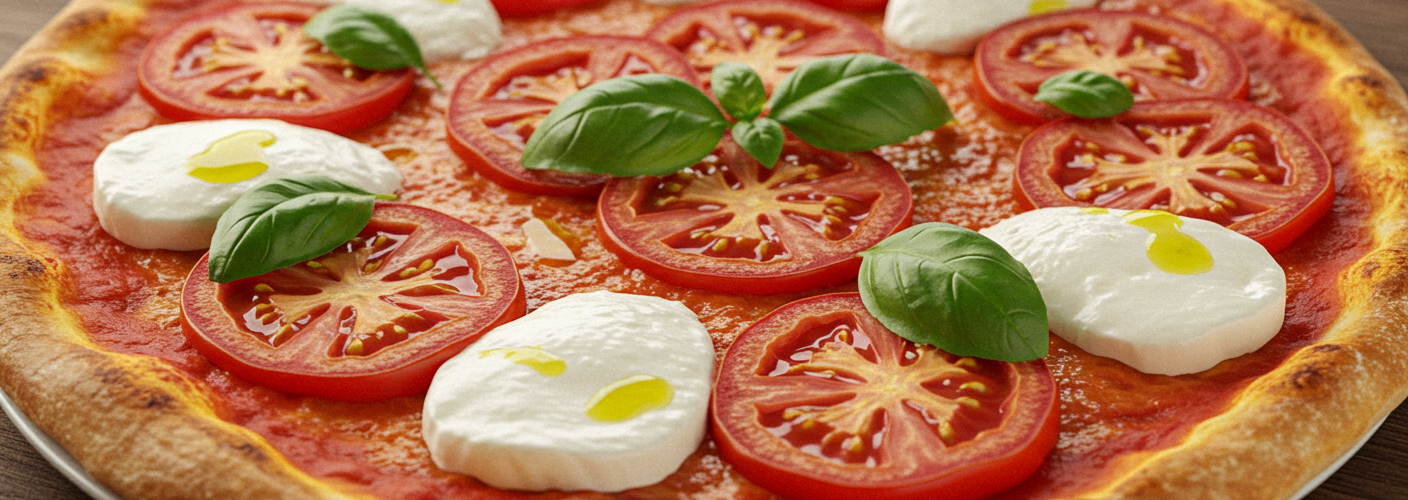When it comes to comfort food, few dishes can compete with the universal love for pizza. Among the myriad of varieties, Pizza Margherita stands out not only for its simple and fresh ingredients but also for its rich history and cultural significance. This classic Italian dish, with its vibrant colors and rustic flavors, has captured hearts around the globe.
The origins of Pizza Margherita can be traced back to the late 19th century in Naples, Italy. The pizza was named after Queen Margherita of Savoy during her visit to the city. Legend has it that the pizza was created by a local chef, Raffaele Esposito, who aimed to honor the queen with a pie featuring the colors of the Italian flag: red tomatoes, white mozzarella, and green basil. This tribute not only enchanted the queen but also gave birth to one of the most beloved pizzas in history.
At its core, Pizza Margherita is a celebration of simplicity and freshness. The base is a thin, handcrafted Neapolitan crust, known for its light and airy texture. This crust is achieved through the meticulous process of dough preparation, which involves high-quality flour, water, salt, and a hint of yeast. After allowing the dough to rise, it is shaped by hand and baked at high temperatures in a wood-fired oven, resulting in a delightful combination of crispiness on the outside and chewiness on the inside.
The topping of Pizza Margherita is what truly makes it special. It begins with a layer of ripe, juicy tomatoes, either as a sauce or fresh slices, providing that essential tangy flavor. The use of San Marzano tomatoes, grown in the volcanic soil of Mount Vesuvius, is particularly prized for their sweetness and low acidity, making them the perfect base for this pizza. Next comes a drizzle of high-quality extra virgin olive oil, enhancing the dish with rich flavor while also giving it a lustrous sheen.
Perhaps the most recognizable ingredient on a Pizza Margherita is the di latte mozzarella, a creamy cheese that melts beautifully. Sourced from the milk of Italian water buffalo or cows, this cheese adds a sublime richness to the pizza, melding perfectly with the tartness of the tomatoes. Finally, fresh basil leaves are scattered atop the pizza, imparting a fragrant aroma and a burst of herbal freshness that elevates every bite.
While Pizza Margherita is traditionally enjoyed fresh out of the oven, it also embodies a certain versatility. Many people have taken to experimenting with the basic recipe, introducing their unique twists by adding toppings like prosciutto, arugula, or different cheeses. However, purists maintain that the integrity of the classic recipe should be preserved, as its simplicity is what sets it apart.
Today, it is not uncommon to find Pizza Margherita featured on menus across the world, in everything from upscale pizzerias to casual diners. In a society driven by fast and complex foods, this pizza remains a testament to the beauty of simplicity and high-quality ingredients.
In summary, Pizza Margherita is more than just a meal; it is a culinary icon that represents Italian heritage and the enduring delight of fresh, simple ingredients. Whether enjoyed in its traditional form or as a base for creative variations, this pizza continues to inspire and satisfy pizza lovers everywhere. So, the next time you indulge in a slice, take a moment to appreciate the history and passion that each ingredient brings to your plate.




Add comment